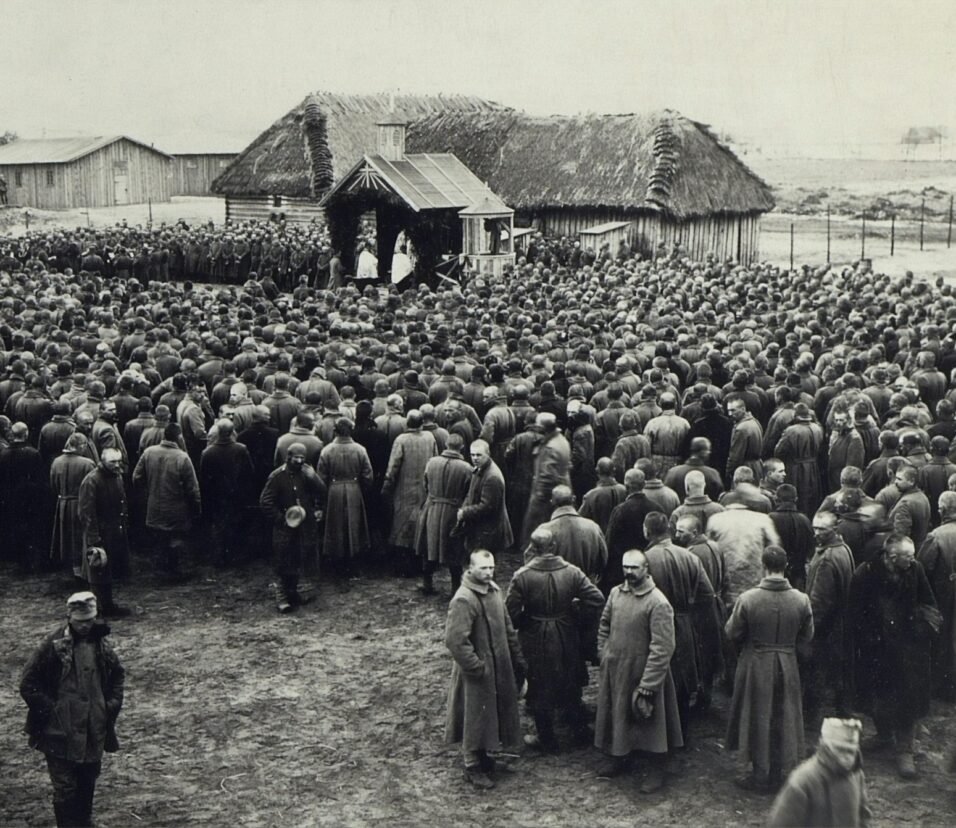Important Civil Rights Legislation
Prelude: The Setting
The Civil Rights Movement, an amalgamation of grassroots activism and top-down legislation, steered America from an era of glaring inequalities to a new dawn of potential and promise. Throughout this journey, key legislation stands as a testament to the nation’s commitment to equality.
The Civil Rights Act of 1964: A Watershed Moment
In the turbulent 60s, this act was a beacon. In a society marred by racial tensions, it aimed to level the playing field. The act prohibited discrimination in various public arenas, serving as a mirror for America to see its blemishes and strive for a better reflection. Furthermore, it’s essential to underline that this act was not just about racial equality; it encompassed gender, religion, and nationality.
The Voting Rights Act of 1965: Democracy Unshackled
If the Civil Rights Act was about living equally, the Voting Rights Act was about choosing equally. Before its enactment, racial minorities, especially in the South, faced daunting barriers to voting. By focusing on these states, the Act was instrumental in ensuring a more inclusive democracy. And as the years passed, its impact became evident with a surge in minority voters.
Fair Housing Act of 1968: Equality at Home
Housing is fundamental. Beyond bricks and mortar, it’s about dignity. Discrimination in housing wasn’t just about where one lived, but how one lived. By targeting this, the Fair Housing Act ensured that every American had a fair shot at the dream of homeownership, regardless of their background.
Branching Out: Civil Rights Beyond Race
While the initial acts focused heavily on racial equality, America’s journey toward civil rights has been broader. The Civil Rights Act of 1991 and the Americans with Disabilities Act (ADA) expanded the horizon. The former enhanced provisions against employment discrimination, while the ADA was groundbreaking, focusing on a sector often overlooked: those with disabilities.
Title IX and the Pursuit of Gender Equality
In an era of progressive change, gender could not be left behind. Title IX of the Education Amendments of 1972 revolutionized opportunities for women, especially in academics and athletics. By ensuring gender equality in federally funded programs, it propelled society forward.
Challenges, Controversies, and Shortcomings
Yet, the path hasn’t been entirely smooth. These laws, transformative as they are, faced pushback. Loopholes were found, and new-age discrimination tactics emerged. Modern gerrymandering and voter ID laws serve as reminders that legislation, while powerful, is not a panacea.
The Digital Age and Civil Rights
The transition to a digital society brings with it new challenges. Online hate speech, cyberbullying, and digital discrimination are contemporary issues that demand attention. The foundational legislations of the past provide guidance, but newer, more nuanced laws are essential for this digital era.
The Road Ahead: Future Implications
America’s journey towards a more equal society is ongoing. With an increasingly diverse population, the essence of these legislations needs to be preserved and modernized. The quest is for a society where everyone, irrespective of their background, has an equal shot at the American dream.
Intersectionality and the Modern Civil Rights Movement
The narrative of civil rights has expanded over time, embracing an intersectional perspective. This perspective acknowledges that people can be disadvantaged by multiple sources of oppression: their race, class, gender identity, sexual orientation, religion, and other identity markers.
LGBTQ+ Rights and Legislative Progress
Parallel to the racial and gender equality movements, the fight for LGBTQ+ rights gained momentum. The Stonewall riots of 1969 marked the beginning of a new wave of activism. The Defense of Marriage Act (DOMA) in 1996, which federally defined marriage as a union between a man and a woman, was a setback. However, the tables turned with the 2015 Supreme Court ruling in Obergefell v. Hodges, legalizing same-sex marriage nationwide.
The Role of Supreme Court Decisions
It’s vital to recognize the importance of the Supreme Court in shaping civil rights. Their landmark decisions, from Brown v. Board of Education to Obergefell v. Hodges, have often both reflected and directed societal attitudes. These decisions underscore the dynamic interplay between public sentiment, legislation, and judicial interpretation.
Affirmative Action: A Double-Edged Sword
Introduced as a tool to redress the disadvantages associated with enduring prejudice and systemic discrimination, affirmative action remains one of the most debated policies. While its intentions — creating a level playing field in educational and employment settings — are noble, critics argue about its effectiveness and potential for reverse discrimination.
The Role of Grassroots Movements
While legislation and court decisions are critical, grassroots movements have been the heart and soul of civil rights progress. From the Montgomery Bus Boycott to modern movements like Black Lives Matter, grassroots initiatives amplify the voices of those often marginalized and drive legislative action.
Immigration and Civil Rights
The American narrative is deeply intertwined with immigration. Yet, immigrant rights have oscillated over the years. Acts like the DREAM Act aimed at providing a pathway to citizenship for undocumented immigrants brought as children indicate a shift towards inclusive policies. However, divisive rhetoric and policies, especially in the 21st century, highlight the complex dynamics of immigration and civil rights.
Conclusion: The Symphony of Progress
Civil rights legislation in America is like a symphony. Each act, each law, is a note that contributes to a larger melody — a melody of progress, equality, and hope. While challenges persist, the transformative power of legislation, when backed by collective will, is evident. As America marches into the future, these legislations serve as guiding lights, reminding us of where we’ve been and lighting the path ahead.
By understanding the depth, significance, and implications of these pivotal laws, one gains not just knowledge, but also appreciation. The civil rights movement wasn’t just about laws; it was about people, dreams, and the relentless pursuit of justice. As we gear up for future challenges, it’s this spirit that will guide America forward.







